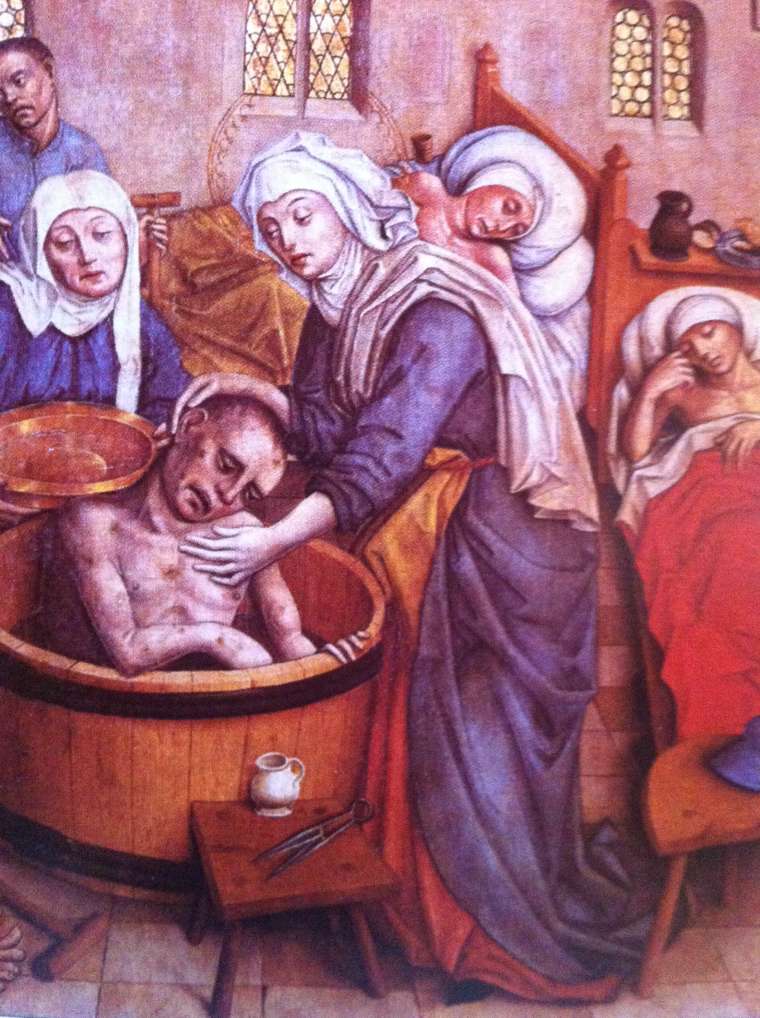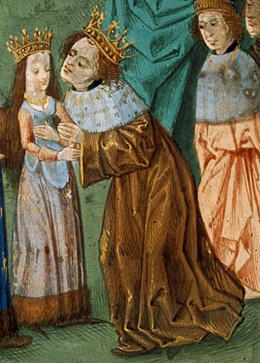St. Isabella of France
St. Isabel of France
St. Isabel of France was the daughter of King Louis VIII of France. She also was the younger sister of St. King Louis IX of France, and Alfonso, the Count of Poitiers. She was the older sister of King Charles I of Sicily. Isabel’s father died when she was two, and it was her mother Blanch that oversaw her education. She studied Latin and became an expert in this language.

As a child, she already desired to devote her life to religion. Pope Innocent IV allowed her to retain some Franciscan friars as her special confessors. She was even more devoted to the Franciscan Order than her royal brother. She broke off her engagement to Hugh XI, and refused the hand of Conrad IV of Germany. She vowed to remain a virgin. Her desire was to found a monastery of the Order of Poor Ladies of St. Clare of Assisi. King Louis began in 1255 to acquire the necessary land in the Forest of Rouvray, not far from Seine. On June 10, 1256, the first stone of the monastery Church was laid. In 1259, Pope Alexander IV gave his sanction to the new Rule, which St. Isabel composed. She did this with the help of four leading Franciscans, including St. Bonaventure. This Rule was created solely for this monastery, which was named the Monastery of the Humility of the Blessed Virgin. The Sisters were called, “Sisters of the Humble Order of Servants of the Most Blessed Virgin Mary”. Some of the first Nuns came from the Poor Clare Monastery in Reims.

St. Isabel refused to become the Abbes, and she never became a Nun. She followed the rules in her own home nearby. She would help the sick and poor. She was not altogether satisfied with the first Rule drawn up, so she submitted a revised Rule to Pope Urban IV, through her brother King Louis. Pope Urban approved this new document in 1263. The second Rule was for the most part an outward observance with minor alterations.
St. Isabel died in her house at Longchamp on February 23, 1270, and was buried in the monastery Church. After nine days her body was exhumed, when it showed no signs of decay, and many miracles were wrought at her grave. On June 4, 1637, a second exhumation took place. The Monastery of Longchamp had many trials. The French Revolution closed it, and in 1794 the empty building was offered for sale, but as no one wished to purchase it, it was destroyed. In 1857 the walls were pulled down, except one tower, and the grounds were added to the Bois de Boulogne – a park on the edge of Paris, similar to Central Park in New York City.